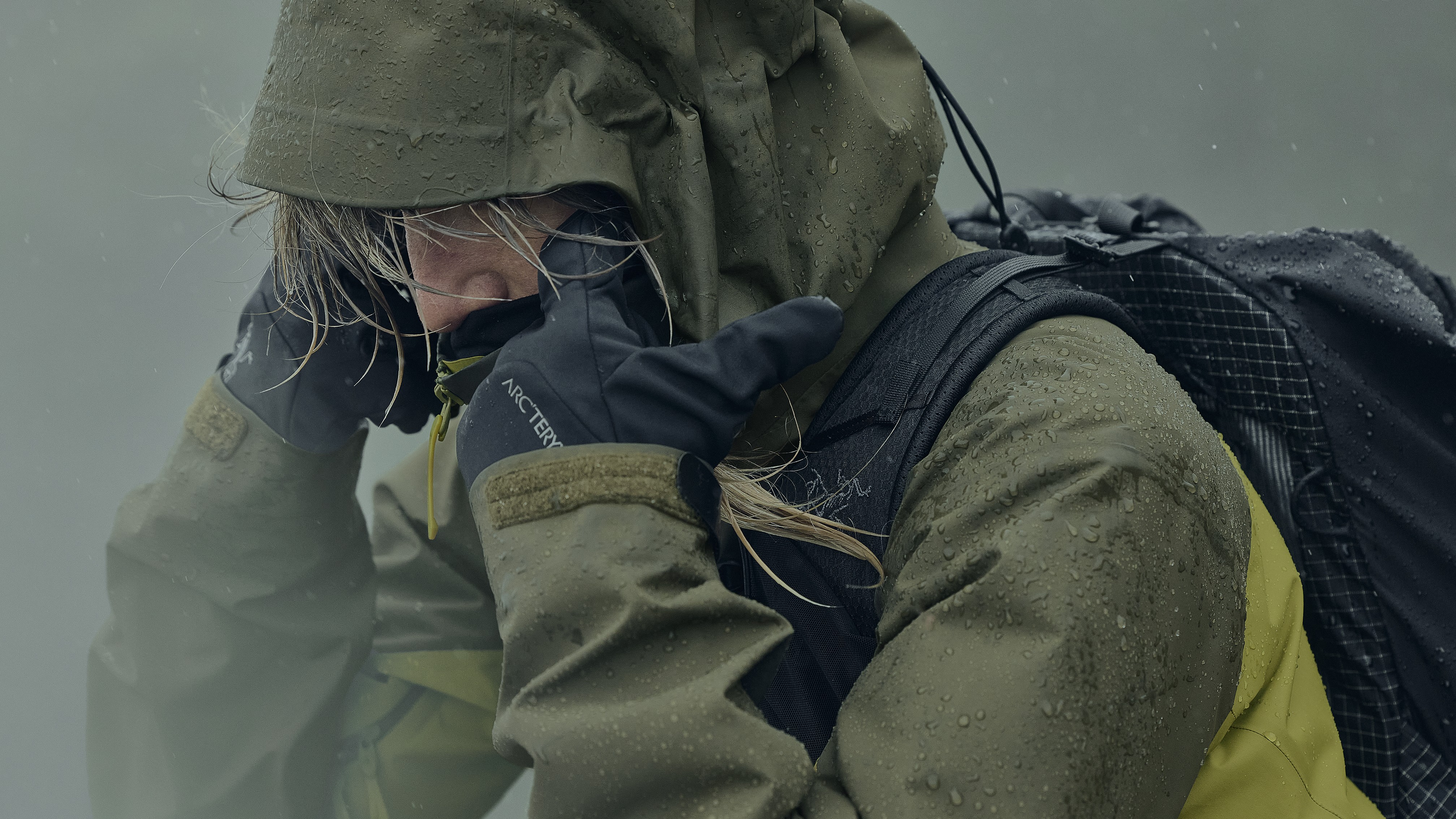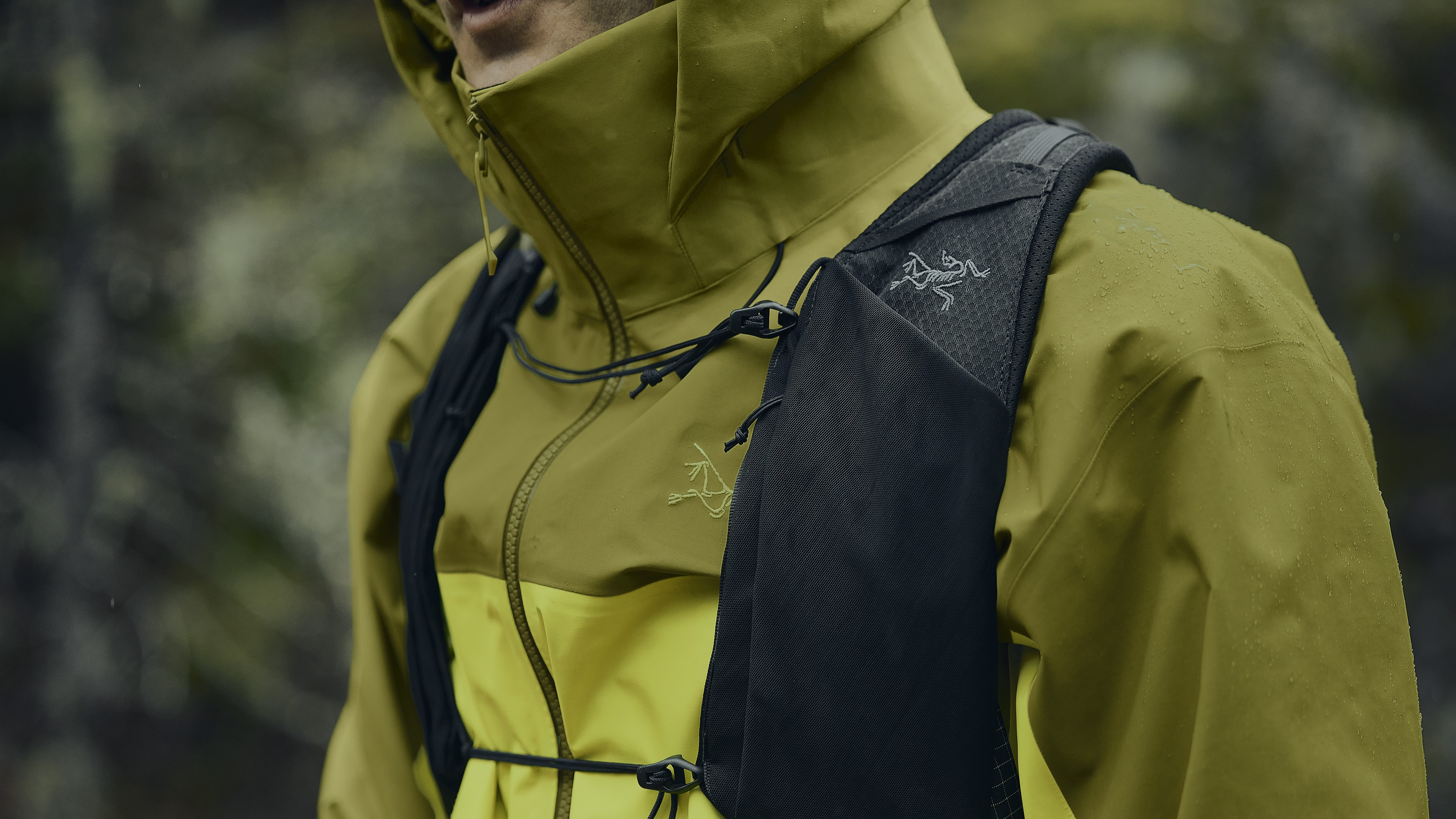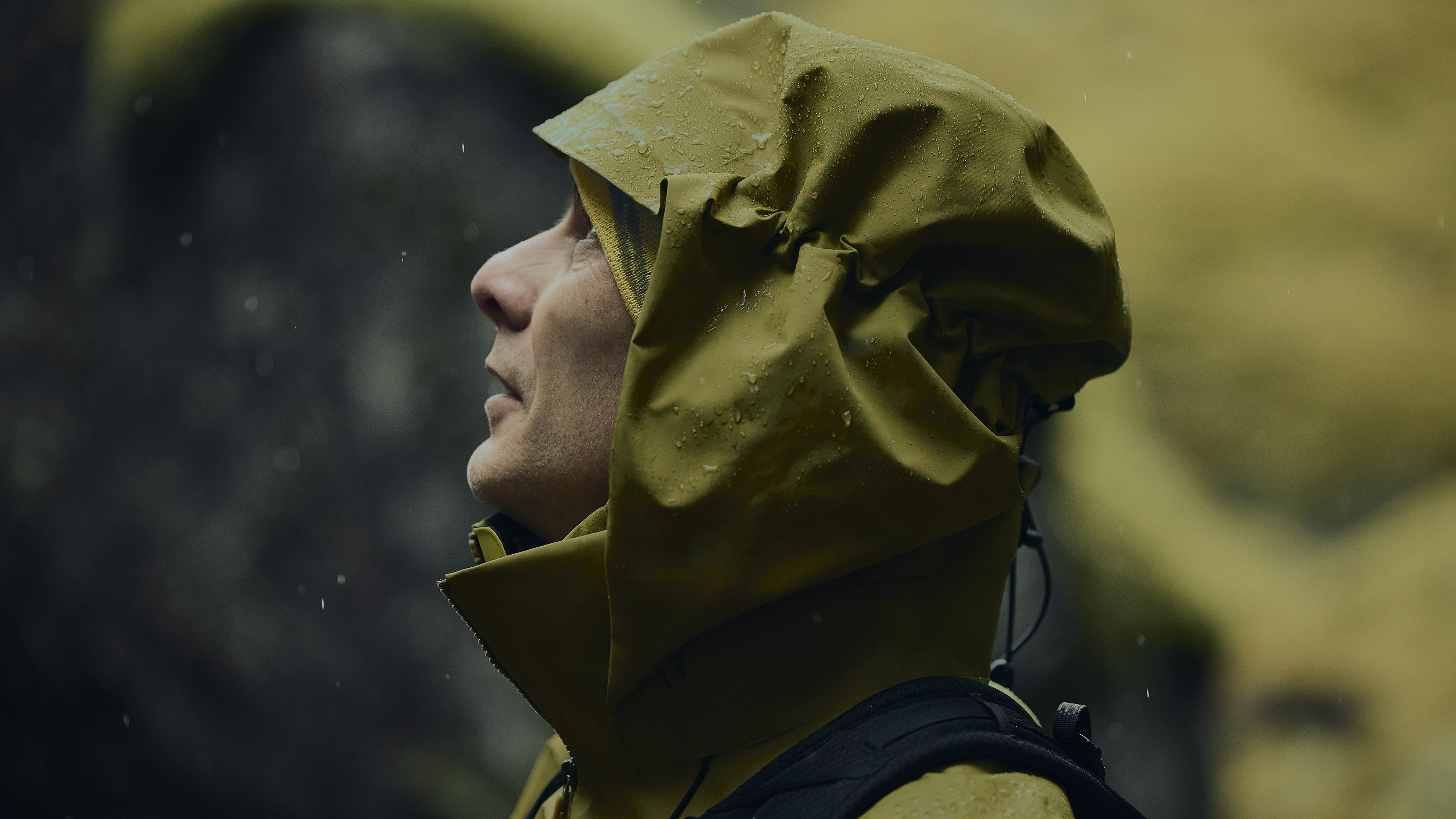Arc'teryx revamps its all-mountain Beta jacket with sustainability in mind, calling it the "best so far"
The brand new Arc'teryx Beta AR boasts the PFAS-free Gore-Tex and a new pattern to cut down on waste

It's been 25 years since Arc'teryx first launched the Beta Jacket, but the Canadian brand still hasn't finished perfecting it.
The brand new Arc'teryx Beta AR, launching July 31, boasts a more sustainable approach to protecting you against the worst of the weather when you're pushing to the summit (or even picking the kids up from school).
The very first Beta jacket, which the brand describes as its all-mountain hardshell, came out all the way back in 2000. Four years later, a lighter version was released, while updates in 2007 and 2010 focused on making the seams and zippers more waterproof (the brand famously introduced the WaterTight zipper to the outdoor industry).
The 2013 Beta boasted more rugged fabric, while the jacket received emergency technology (an embedded RECCO reflector) in 2020 and the awesome StormHood in 2023, which keeps you totally sheltered when rain is mixed with a howling gale.
Could the Beta get any better? Arc'teryx certainly thinks so, and is calling the AR "the best yet."

Meet the Beta AR
For the next Beta evolution, Arc'teryx has, unsurprisingly, gone all in on sustainability. We say it's unsurprising because the brand is known for its efforts to improve the circularity of its gear with initiatives such as its ReBird program.
So what's different? Probably the most key update is that the Beta AR features the new PFAS-free Gore-Tex waterproof membrane. You can learn more about this in our article on the fabric, but suffice to say that it's made using a non-fluorinated process, so it's entirely PFC-free.
All the latest inspiration, tips and guides to help you plan your next Advnture!
It’s more durable than its predecessor, but also 50 percent thinner than the previous membrane, which means it uses less resources in production, and Gore-Tex has switched to Dope Dying its fabrics, where the dying process takes place at the yarn level, meaning that far less water is used than dying the finished product. The membrane is bonded to fabrics containing recycled materials and treated with an FC-free DWR treatment.
Arc'teryx doesn't believe in sending good products to landfill, and is committed to reducing waste.
In terms of the Beta AR, this doesn't actually mean the jacket is lighter than the previous design, but that's mostly because Arc'teryx has taken the opportunity to add in new features, such as helmet-compatible DropHood construction that lets you move your head without your vision being obscured and durable internal cordlocks in the hood for adjustability. They've also moved the hand pockets so you can accesss them when you're wearing your backpack, and that's a welcome improvement if ever we saw one.

Finally, the design team at Arc'teryx has revised the pattern of the jacket. They say it's still got a regular, articulated fit with room for layers, but in manufacturing, it substantially cuts down on waste, they tell us to the tune of "400 jackets worth of material in the production process."
The Arc'teryx Beta AR weighs 13.9oz (395g) in women's sizing and 16.2oz (460g) in men's sizing. It will be available from July 31 from XXS to XXL in multiple colorways and, no surprises, the price has gone up a little $650 / £600.
What about all those old Beta jackets?
Clearly, the updated Beta is good news for the planet going forward, but not if everyone tosses their perfectly good jacket in the landfill, so if yours still works, hang on to it, or use the Arc'teryx trade in program for an uprgade if you're in North America.
Similarly, it doesn't make sense for retailers to dispose of perfectly good jackets that already exist to make room for new, PFAS-free gear and the brand issued the following statement to us on this matter:
"Arc'teryx doesn't believe in sending good products to landfill, and is committed to reducing waste. Because of this, Arc'teryx will be selling through Legacy Product - that is, products produced before any legislation came into effect, which may contain PFAS - beyond the initial 2025 deadline, in accordance with any legislation."
So older model Beta jackets are no longer in production, but still available. We're telling you this because chances are you'll be able to get a good deal on an older (but still great) Beta jacket from Arc'teryx ReBird soon.
Julia Clarke is a staff writer for Advnture.com and the author of the book Restorative Yoga for Beginners. She loves to explore mountains on foot, bike, skis and belay and then recover on the the yoga mat. Julia graduated with a degree in journalism in 2004 and spent eight years working as a radio presenter in Kansas City, Vermont, Boston and New York City before discovering the joys of the Rocky Mountains. She then detoured west to Colorado and enjoyed 11 years teaching yoga in Vail before returning to her hometown of Glasgow, Scotland in 2020 to focus on family and writing.

